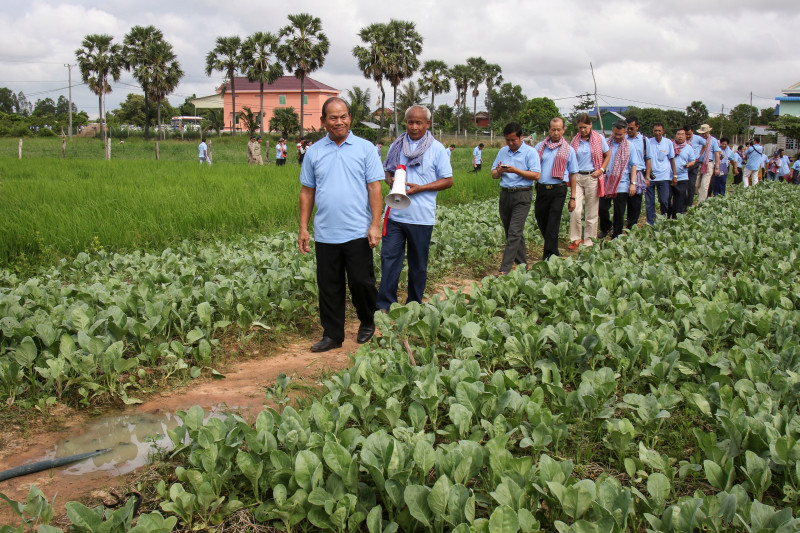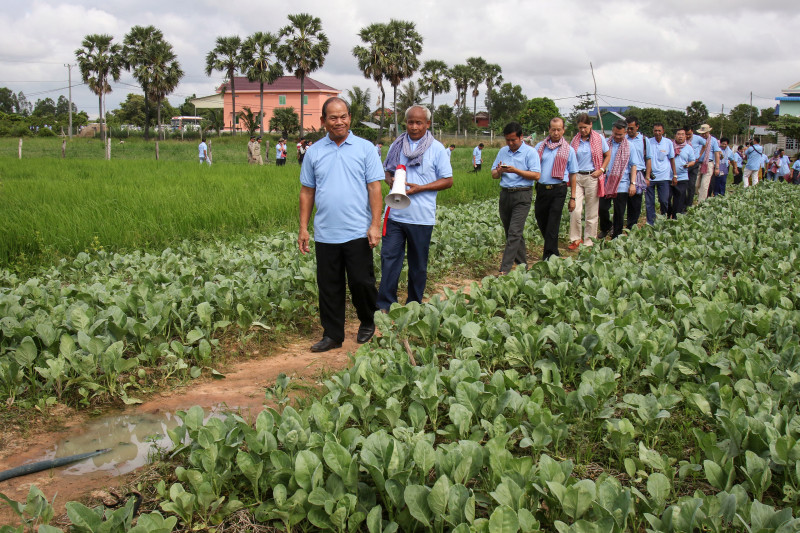Cambodia has experienced the largest decrease in hunger since 2000 among countries with severe levels of hunger, according to a new report released by three international NGOs, and is close to qualifying as a nation of “moderate” concern.
The Global Hunger Index—an annual ranking compiled by Welthungerhilfe, Concern Worldwide and the International Food Policy Research Institute—surveyed 117 countries this year. It awarded each a score of between 0 and 100 according to its population of undernourished citizens and rates of child mortality, stunting and low weight. The higher the score, the more severe a country’s hunger.

Cambodia received a score of 22.6 this year, compared to 45 for 2000, reflecting a nearly 50 percent decrease in hunger, according to the report. But with 14.2 percent of Cambodia’s population undernourished, the country was still ranked among 52 nations in the “serious” or “alarming” categories.
While the index noted that Cambodia saw the largest percent decrease in hunger among countries in those two categories since 2000, Jill Bernstein, an independent consultant who contributed to the report, said on Friday that just three other countries in the world experienced greater reductions in hunger during that period.
“Cambodia’s reduction in hunger levels is very impressive,” Ms. Bernstein said in an email. “Cambodia’s score is still serious, but it is getting closer to the moderate classification and perhaps can reach that level with continued effort.”
“However, Cambodia’s hunger level is still considered serious, so it is crucial that the government and international organizations continue to work towards improved nutrition, particularly for children,” she added.
According to the report, 32.4 percent of children younger than five suffered from stunting in Cambodia.
“In 2000, half of the children in Cambodia were stunted, so there has definitely been an improvement, but this is still a problematic issue that must be addressed,” Ms. Bernstein said.
Among countries in Southeast Asia, the report shows, Malaysia, Thailand and Vietnam have only “moderate” hunger, while Indonesia and the Philippines are still in the “serious” category, but ahead of Cambodia.
Burma and Laos fared slightly worse than Cambodia, with rankings of 23.5 and 28.5, respectively. Singapore and Brunei were not included in the report.
Kuwait was named the least hungry country of those surveyed, with a score of 5.
During an event to mark World Food Day in Kandal province on Friday, Nina Brandstrup, country representative for the U.N.’s Food and Agriculture Organization, said that hunger was much more than an issue of human rights.
“Ending hunger is fundamental in itself, but meeting this goal is also crucial for the ability to meet many other of the sustainable development goals,” Ms. Brandstrup said.
“In fact, meeting the health, education, gender equity and economic development goals [set by the U.N.] cannot be achieved without better food security and nutrition,” she said.




